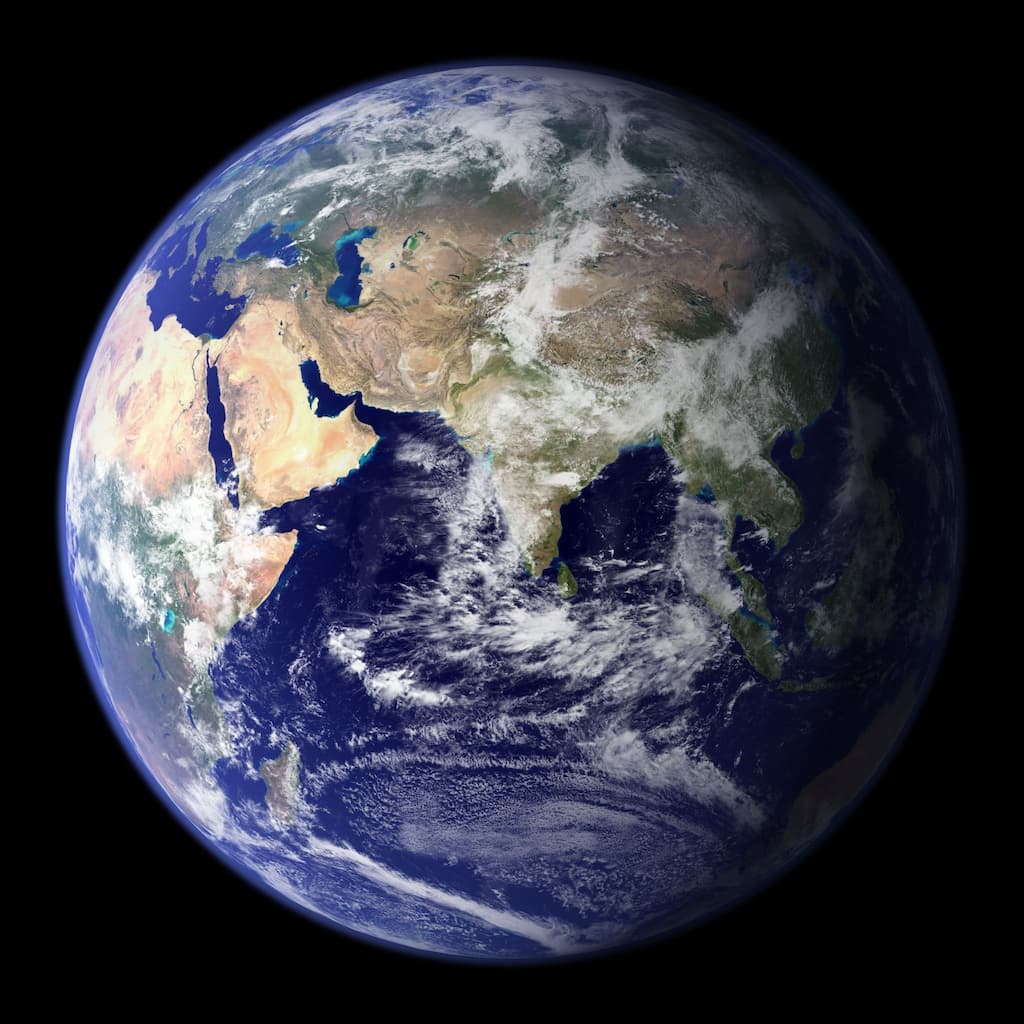According to a recent study, only 0.001% of the world’s population breathes air that meets the WHO’s guidelines on air quality1. Air pollution is responsible for 6.7 million deaths per year, and two-thirds of premature deaths are caused by exposure to fine particle pollution2. What is science telling us and what can we do to protect ourselves from the dangers of air pollution? Read below to find out more.
Fine particulate matter wreaking havoc worldwide
This recent study, conducted by scientists in Australia and China, analysed global ambient daily measures of PM2.5 by taking measurements from 5446 monitoring stations in 65 different countries. The goal was to determine global exposure to fine particle pollution spanning a period of 10 years (from 2000-2019)1.
The results were staggering, showing that on average, the concentrations of PM2.5 exceeded the WHO’s recommended daily limits (5 μg/m³) on 70% of days in 2019. The situation is even more grim in eastern and southern Asia where concentrations of PM2.5 exceeded the WHO’s guidelines on 90% of days in 20192.
Whilst PM2.5 levels have slightly decreased over the past two decades in places like Europe and North America, they have continued to increase in southern Asia, Africa, Latin America, the Caribbean, and New Zealand and Australia3.
Based on the results of this study, not a single country in the world meets the WHO’s guidelines for safe air quality. Only 0.001% of the world breathes air that meets acceptable standards.
Due to its small size, any exposure to PM2.5 can be deleterious to our health in both the short-term and long-term. This type of fine particle pollution can easily enter our bodies when inhaled into our respiratory systems, after which it can quickly move into other parts of the body via the bloodstream and impact other organs. PM2.5 is responsible for increased incidence of cancer (especially lung cancer), respiratory disease, heart disease, and it even impacts our mental health.

What can we do to protect ourselves?
It is imperative that humans on a global scale reduce our contributions to air pollution. This can be done through small changes like favouring walking, biking, or public transport over personal vehicles and using clean fuels to heat our homes (rather than wood or natural gas), to name a few. A more comprehensive list of how we can reduce our contributions to air pollution can be found here.
We also must demand changes from our policymakers. As a society, it is crucial for us to invest more in clean energies and divert funds into more efficient systems that emit less harmful pollutants, endangering our health and the health of our planet.
You may feel that, despite the changes you can make at an individual level, the quality of the air we breathe is out of our control. A good way to protect yourself from air pollution is to purify the air you are breathing at home and at work (remember: indoor air is 5-7 times more polluted than outdoor air, and we spend, on average, 85-90% of our time indoors4). Eoleaf’s air purifiers can help you do just that.
Our goal is to help you breathe clean air. Using 8 different filtration technologies, our devices efficiently remove all fine particles down to a size of 0.01 μm (including PM10, PM2.5, and PM0.1), germs (viruses and bacteria), and allergens (pet dander, pollen, mould and spores) from your air. Invest in your health with Eoleaf by breathing pollutant-free air.

Resources
1 Yu, W., Ye, T., Zhang, Y., Xu, R., Lei, Y., Chen, Z., Yang, Z., Zhang, Y., Song, J., Yue, X., Li, S., & Guo, Y. (2023). Global estimates of daily ambient fine particulate matter concentrations and unequal spatiotemporal distribution of Population Exposure: A Machine Learning Modelling Study. The Lancet Planetary Health, 7(3). https://www.thelancet.com/journals/lanplh/article/PIIS2542-5196(23)00008-6/fulltext
2 Liu, C. (2023, March 7). Less than 1% of Earth has safe levels of air pollution. Time. https://time.com/6260752/harmful-global-air-pollution-problem/
3 Hailstone, J. (2023, March 7). Nearly nowhere on Earth safe from air pollution, study finds. Forbes. https://www.forbes.com/sites/jamiehailstone/2023/03/07/nearly-nowhere-on-earth-safe-from-air-pollution-study-finds/
4 Indoor air pollution: new EU research reveals higher risks than previously thought. European Commission. (2003, September 22). https://ec.europa.eu/commission/presscorner/detail/en/IP_03_1278


Share:
Recent study shows acceleration of osteoporosis in postmenopausal women
The effects of Sahara desert dust on air quality